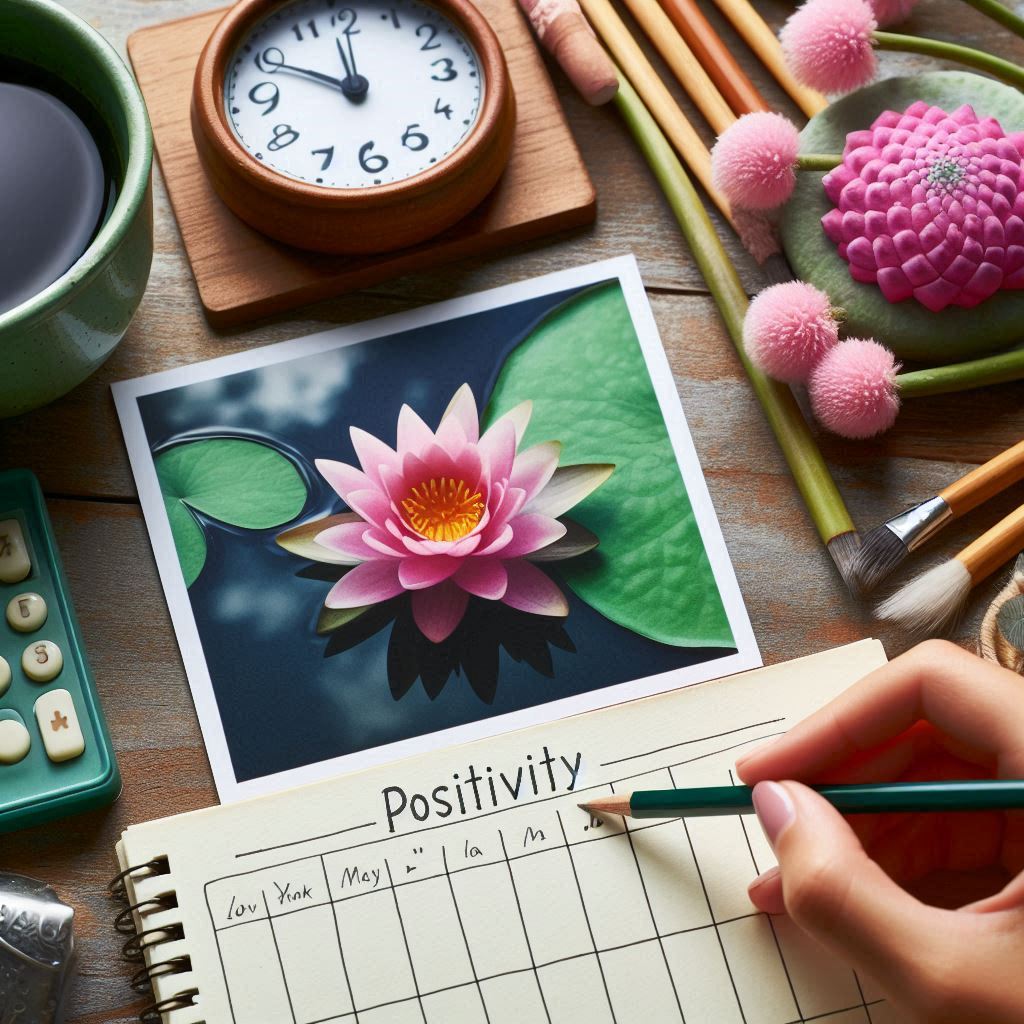Understanding Diaphragmatic Breathing
Unlike shallow chest breathing, which only uses a small portion of your lungs, diaphragmatic breathing engages the full capacity of your lungs. When you inhale, your diaphragm contracts and moves downward, creating space for your lungs to expand fully. This allows for more efficient oxygen intake and carbon dioxide release.
Most people naturally breathed this way as infants, but stress, poor posture, and modern lifestyles have led many to adopt shallow chest breathing patterns. Relearning this natural breathing technique can have profound effects on both physical and mental health.
How to Practice Diaphragmatic Breathing
Follow these steps to practice diaphragmatic breathing:
- Find a Comfortable Position: Lie on your back on a flat surface with a pillow under your head and knees, or sit in a comfortable chair with your feet flat on the floor.
- Place Your Hands: Place one hand on your upper chest and the other on your abdomen, just below your ribcage.
- Breathe In Slowly: Inhale slowly through your nose, allowing your abdomen to rise and expand outward. The hand on your stomach should rise, while the hand on your chest should remain relatively still.
- Exhale Completely: Tighten your abdominal muscles and exhale slowly through slightly pursed lips. Feel your abdomen fall inward as you exhale completely. Again, the hand on your chest should remain relatively still.
- Establish a Rhythm: Continue breathing in this pattern, focusing on the movement of your abdomen rather than your chest. Aim for a relaxed, smooth rhythm.
- Practice Duration: Begin with 5-10 minutes of practice, 1-3 times daily. As you become more comfortable with the technique, you can gradually increase the duration.
Benefits of Diaphragmatic Breathing
Physical Benefits:
- Increases oxygen supply to the blood
- Improves lung capacity and respiratory function
- Lowers blood pressure and heart rate
- Reduces muscle tension
- Strengthens the diaphragm and abdominal muscles
- Improves core stability
- Aids digestion by massaging internal organs
- Can help manage pain
- Improves athletic performance and endurance
Mental and Emotional Benefits:
- Activates the parasympathetic nervous system (rest and digest response)
- Reduces stress and anxiety
- Improves focus and concentration
- Promotes emotional regulation
- Enhances mindfulness and present-moment awareness
- Improves sleep quality
- Helps manage symptoms of depression
- Creates a foundation for meditation practices
- Provides a tool for managing emotional reactions
Variations and Applications
Once you've mastered the basic technique, you can explore these variations:
-
Extended Exhale Breathing
Extend your exhale to be twice as long as your inhale (e.g., inhale for a count of 4, exhale for a count of 8). This activates the parasympathetic nervous system more strongly, enhancing the calming effect.
-
Three-Part Breath (Dirga Pranayama)
Expand the diaphragmatic breath to include sequential filling of the abdomen, ribcage, and upper chest on the inhale, and sequential emptying on the exhale. This provides a more complete breathing experience.
-
Box Breathing
Inhale for a count of 4, hold for 4, exhale for 4, and hold for 4. This creates a square or "box" pattern and is excellent for stress management and improving focus.
-
4-7-8 Breathing
Inhale for a count of 4, hold for 7, and exhale for 8. Developed by Dr. Andrew Weil, this technique is particularly effective for promoting relaxation and sleep.
Integration into Yoga Practice
Diaphragmatic breathing serves as the foundation for all yoga practices and can be integrated in several ways:
-
During Asana Practice
Maintain awareness of your breath during physical postures (asanas). Use deep diaphragmatic breathing to move into and out of poses, creating a moving meditation.
-
Before Meditation
Practice diaphragmatic breathing for 5-10 minutes before meditation to calm the mind and prepare for deeper states of awareness.
-
As a Preparatory Practice
Use diaphragmatic breathing as a foundation before moving into more advanced pranayama techniques such as Ujjayi, Nadi Shodhana, or Kapalabhati.
-
For Stress Management
Incorporate brief diaphragmatic breathing sessions throughout your day to manage stress and maintain a sense of calm and centeredness.
Tips for Effective Practice
- Start Slowly: Begin with short sessions and gradually increase duration as you become more comfortable with the technique.
- Practice Consistently: Daily practice, even for just a few minutes, yields better results than occasional longer sessions.
- Be Patient: If you've been chest breathing for years, it may take time to retrain your breathing pattern. Progress gradually.
- Stay Relaxed: Avoid forcing the breath or creating tension in the body. The practice should feel natural and comfortable.
- Adapt as Needed: If lying down causes discomfort, try seated or even standing practice. The key is to find a position that allows for relaxed, full breathing.
- Use Visual Imagery: Imagine your lungs as a balloon, expanding in all directions (front, sides, and back) with each inhale.

